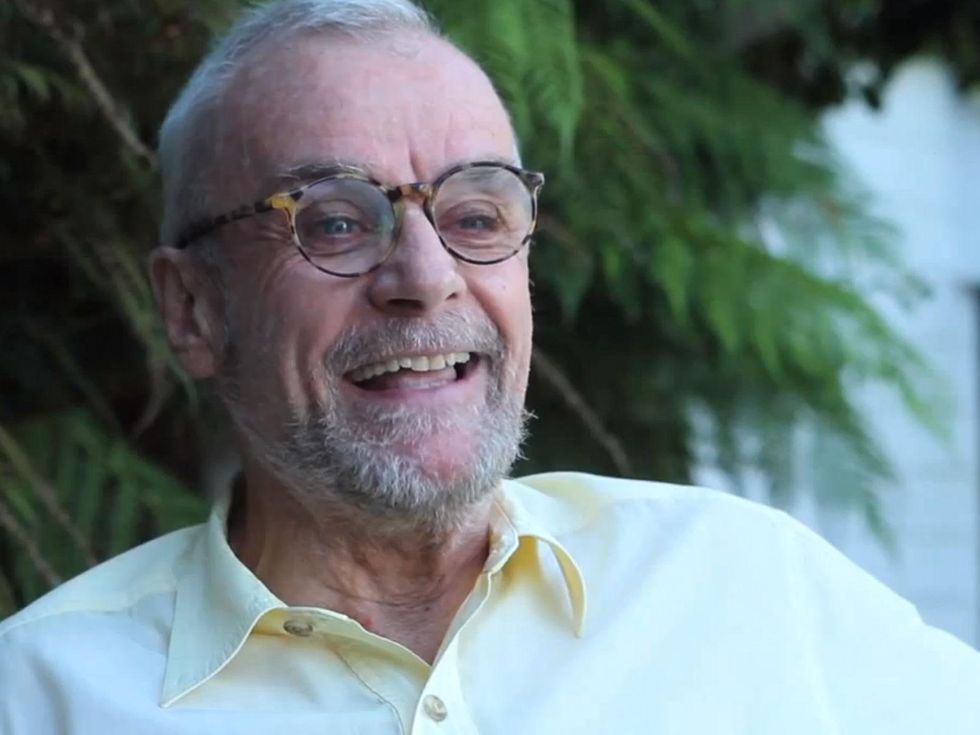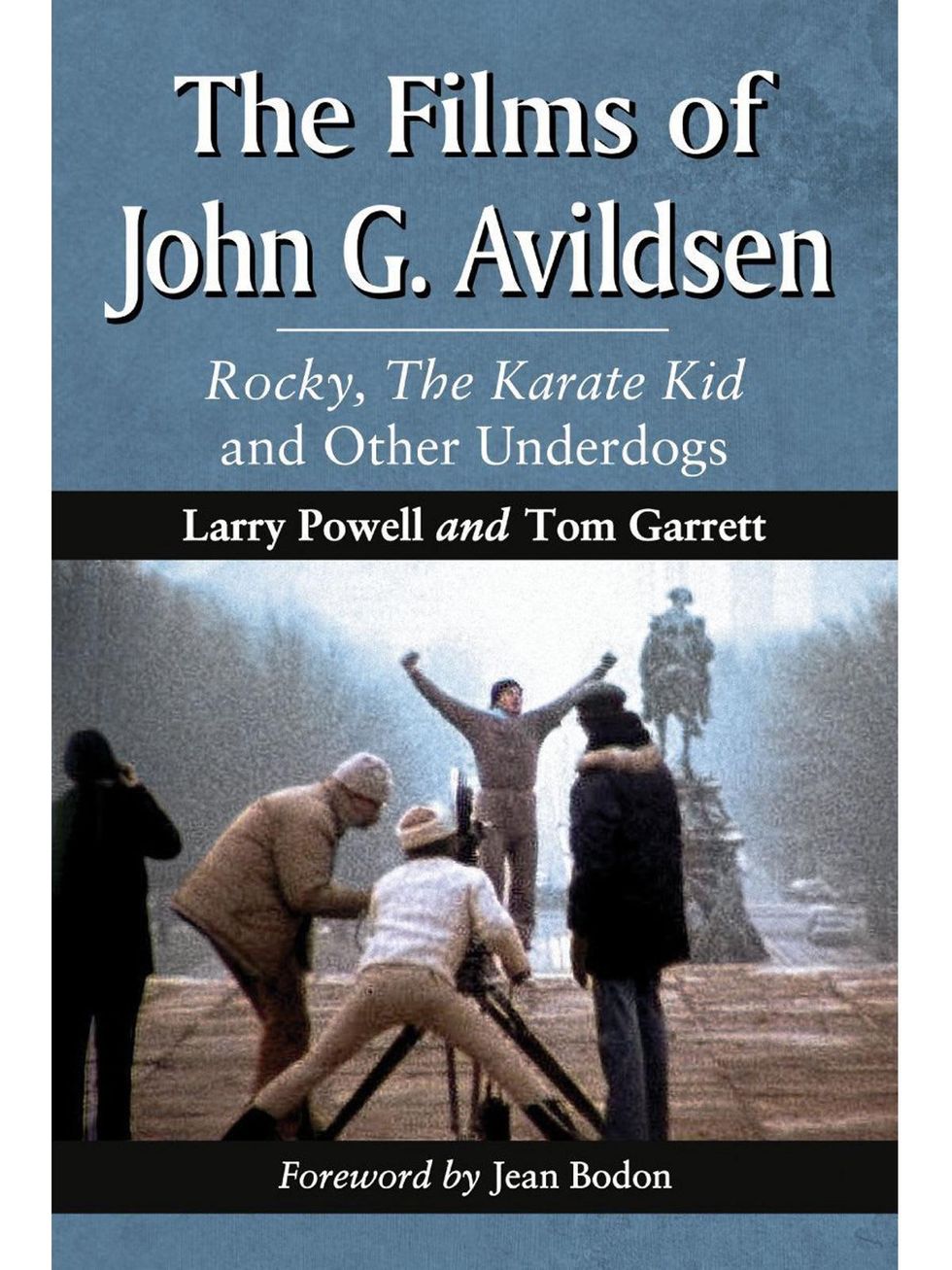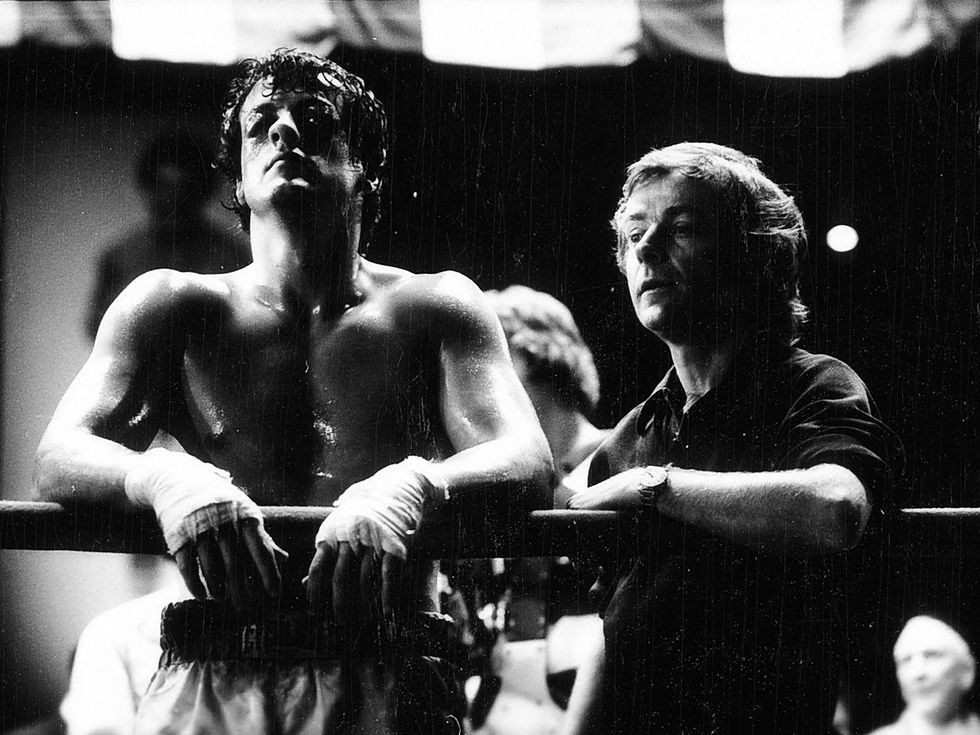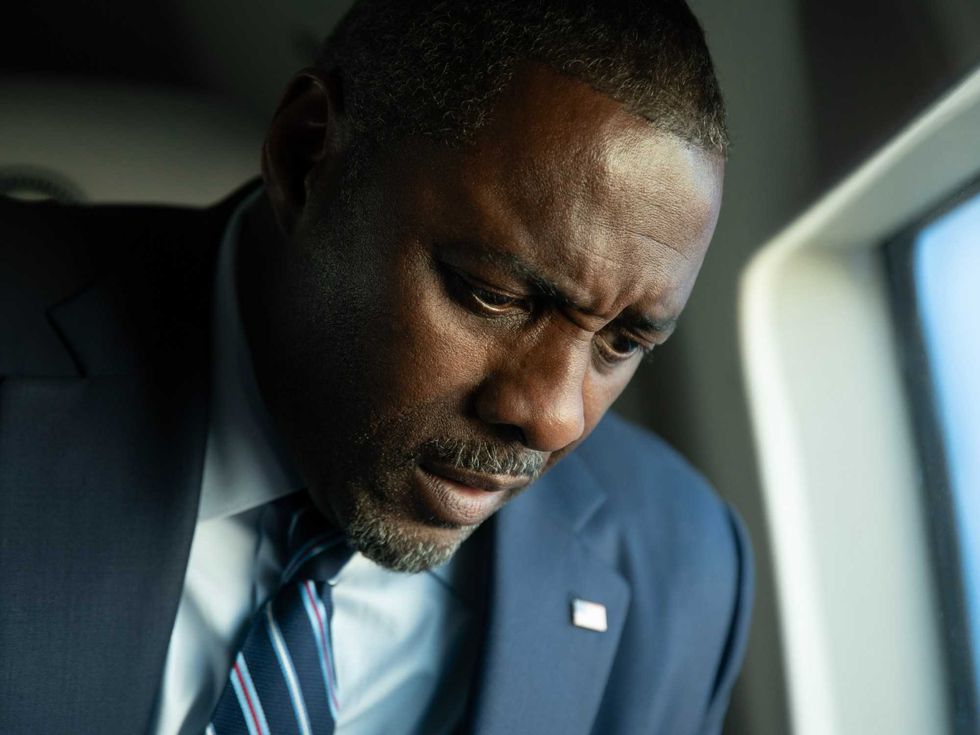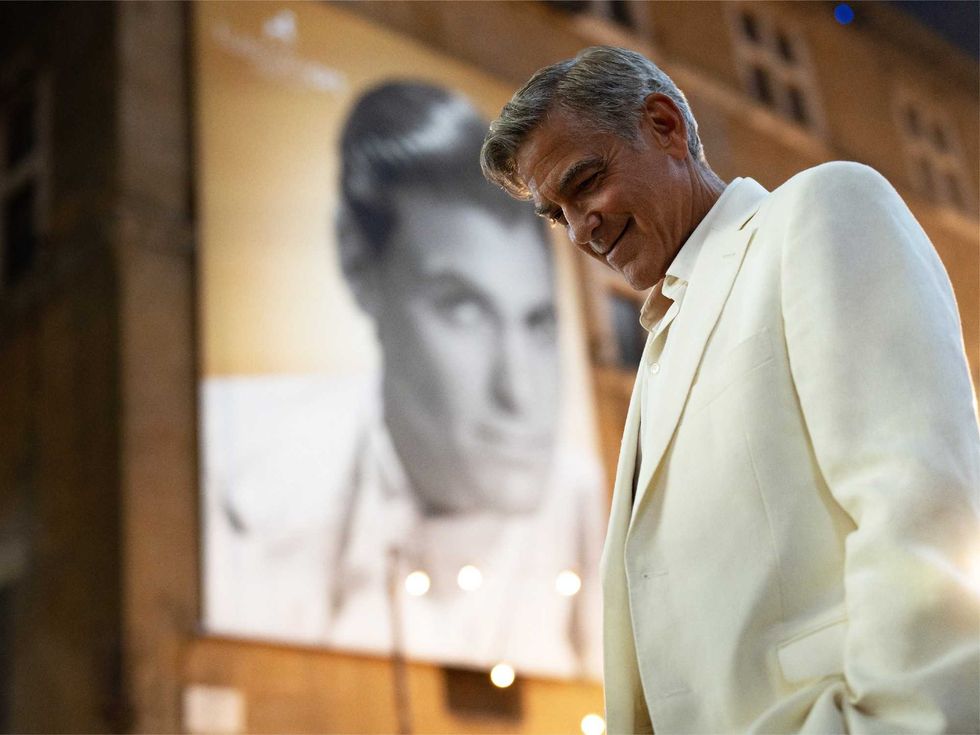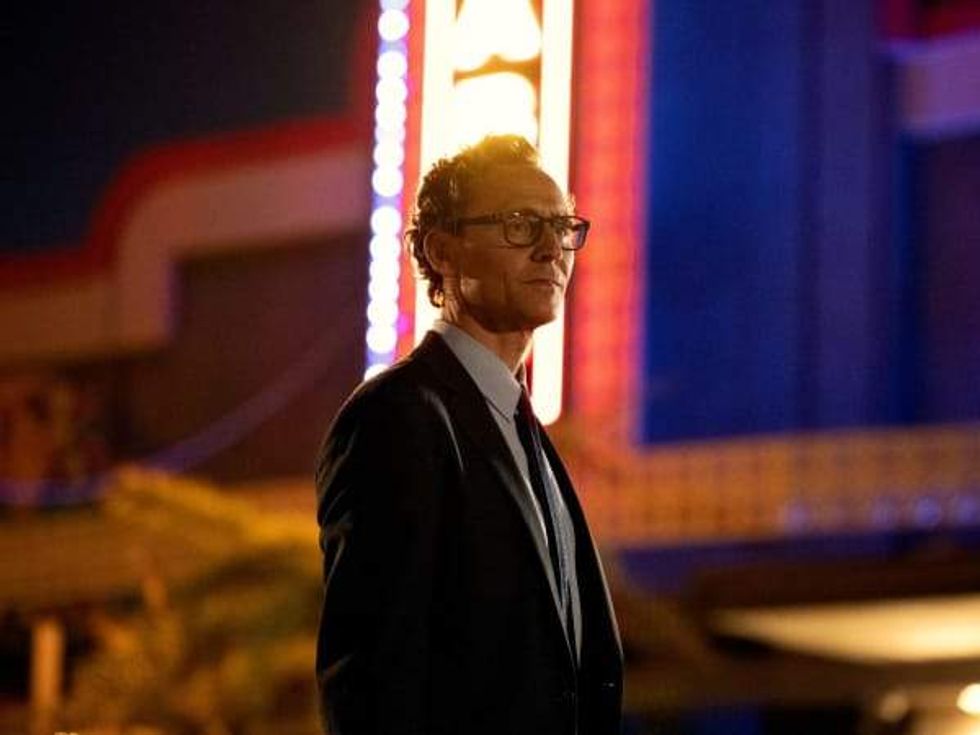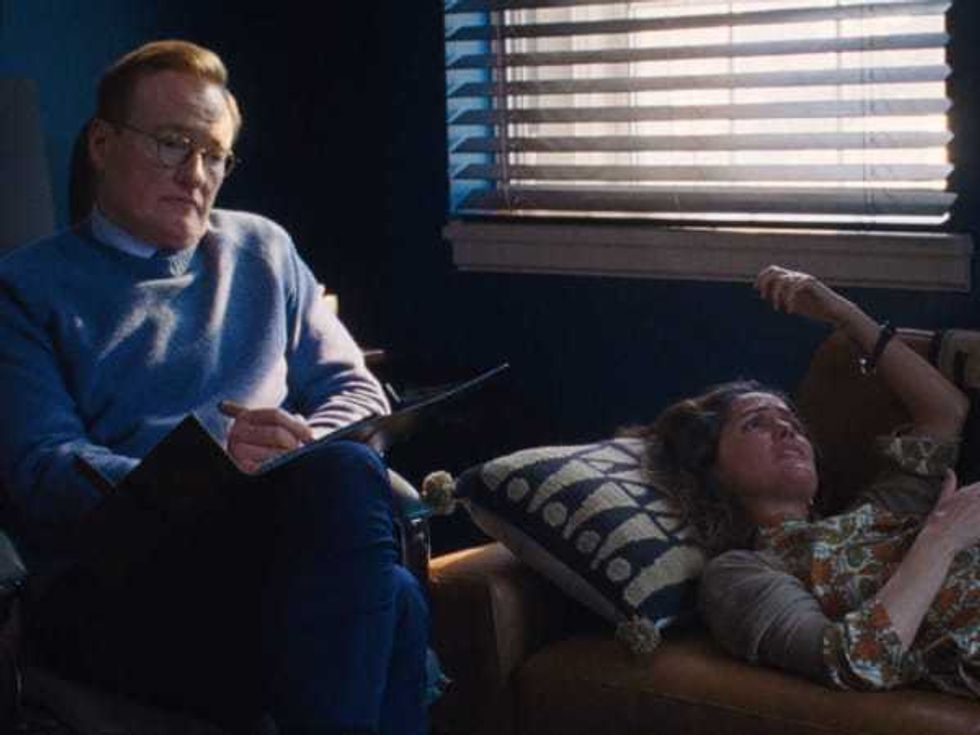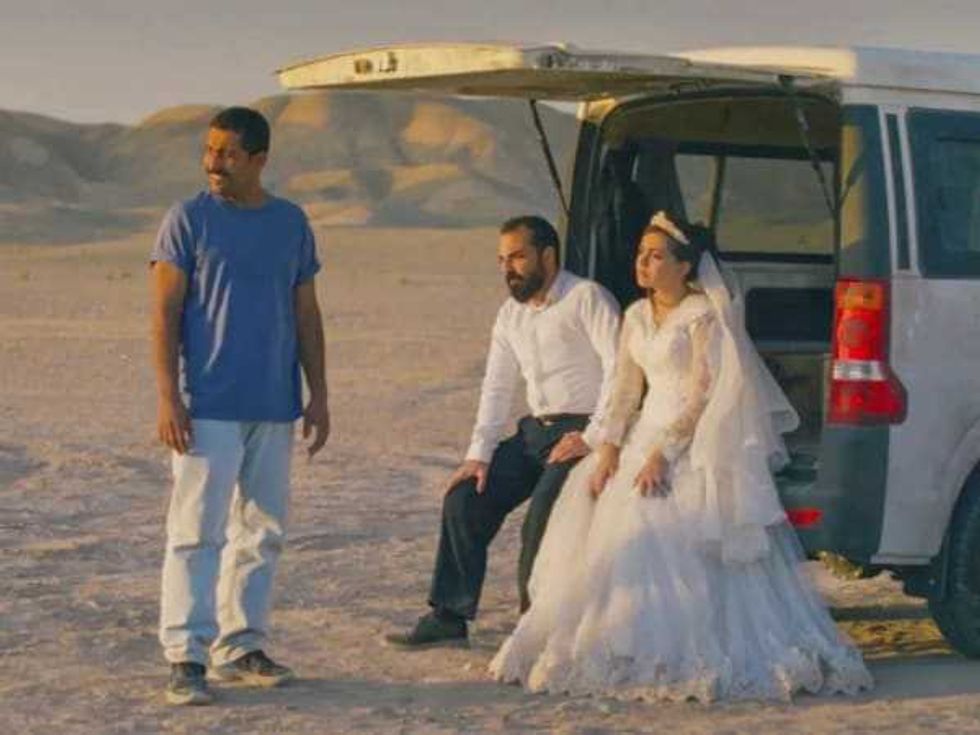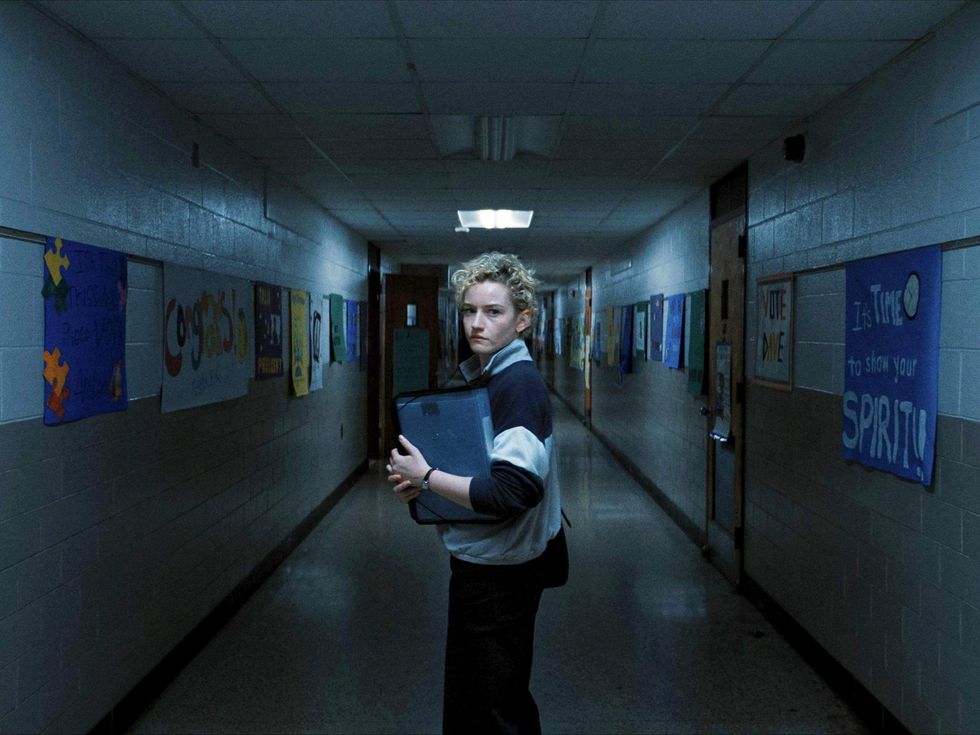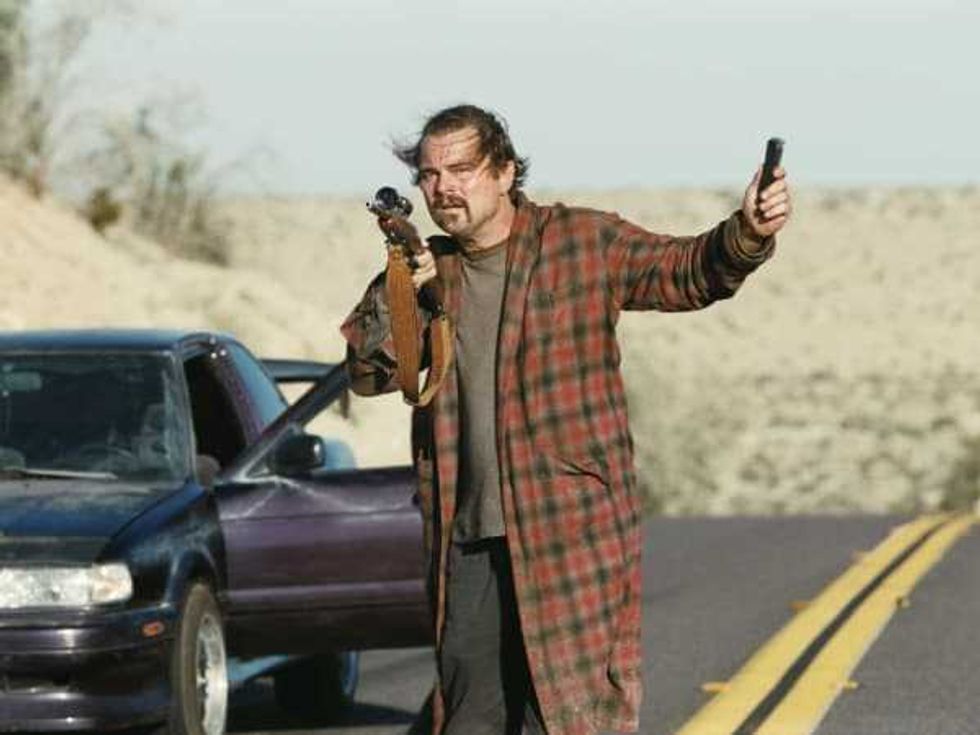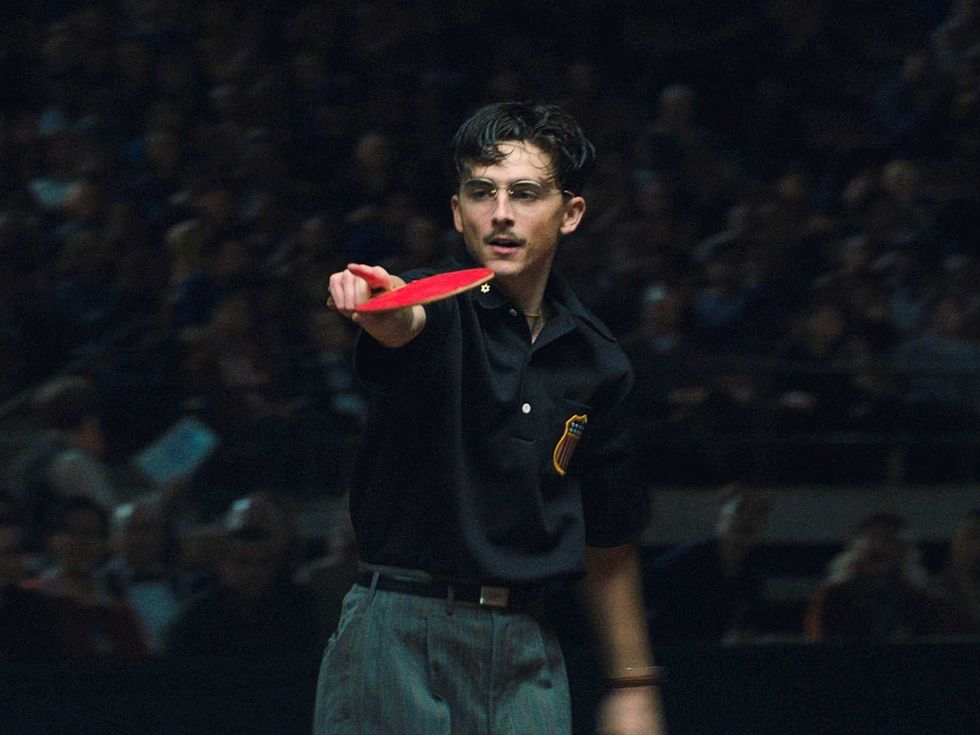Mondo Cinema
Secrets of a classic: Director explains why Rocky remains a pop-culture powerhouse
A decade or so ago, Sylvester Stallone told me about an amazing image he remembered from early news coverage of the Iraq War. “I saw some Iraqi in some town hold up a flag with Rocky on it,” he said. “And I thought, ‘You gotta be kidding me! Where did he have this flag for the past 20 years? Under his bed?’
“I mean, what was he thinking? ‘Oh, yeah, the day they come here to free us, I’m gonna pull out my Rocky flag!’?”
Veteran filmmaker John G. Avildsen – who earned an Academy Award for directing Stallone in Rocky, the prodigiously potent and popular drama that won the Oscar as Best Picture of 1976 – chuckled heartily when I repeated this story for him a few days ago. But, truth to tell, he didn’t sound at all surprised by Stallone’s anecdote.
"The assistant director said, 'We don’t have enough extras to carry out Rocky.' Sylvester heard this, and said, 'Well, you know, Rocky didn’t win, so maybe nobody carries him out. Maybe he just walks down the aisle.' "
“That’s another indication,” Avildsen said, “of just how pervasive that movie’s been around the world.”
No kidding: Nearly four decades after the scrappy small-budget movie about a never-made-it boxer came from out of nowhere to score Oscar gold, top box-office charts and rouse audiences to full-throated cheers, Rocky continues to entertain movie fans – and influence moviemakers – with the undiminished force of an enduring pop-culture phenomenon. Indeed, its oft-imitated story of unlikely triumph remains such a sure-fire crowd-pleaser that, just two weeks ago, a musical stage adaptation of Stallone’s original screenplay opened on Broadway.
Even before he and Stallone ensured their places in movie history, Avildsen had attracted attention with Joe (1970), his discomfortingly prescient drama (propelled by Peter Boyle’s career-launching lead performance) about the murderous rage of the so-called Silent Majority; and Save the Tiger (1973), a powerful portrait of a morally compromised businessman, for which Jack Lemmon received his own Oscar as Best Actor.
And after Rocky scored a decisive knockout, Avildsen added to his resume with several other memorable films, including another well-received underdog saga — The Karate Kid (1984) – and its two sequels.
Still, Rocky inarguably is the movie for which Avildsen is best known. And it doubtless will be the title that gets mentioned most often when Avildsen appears Tuesday at Sam Houston State University in Huntsville for a book-signing – he’s the subject of a well-researched career overview co-written by indie filmmaker and SHSU associate professor Tom Garrett – and a free-admission, on-stage discussion with SHSU President Dana Gibson and Peter Roussel, Warner Chair of Journalism.
So it seemed only fitting that we focused primarily on his 1976 classic when we chatted by phone last Friday.
CultureMap: It never ceases to amaze me that so many people misremember the ending of Rocky – that they actually think Rocky Balboa won the big fight. Back in the 1980s and ‘90s, I would occasionally get phone calls at The Houston Post from people who wanted me to settle bar bets regarding whether Rocky or Apollo Creed won.
John G. Avildsen: That’s funny. But, really, I never thought it was important whether they knew it or not. And if they thought it was important, they missed the point.
CM: When I interviewed Sylvester Stallone a few years back, he indicated that while you were making Rocky, expectations weren’t very high for the film.
JGA: We thought it was going to be on the bottom half of a double bill of a drive-in in Arkansas. There was no expectation of what it became.
CM: Do you think you could get it green-lit in today’s blockbuster-obsessed Hollywood?
JGA: It would depend whether George Clooney were going to play Rocky. I mean, seriously, it all boils down to who’s going to play the guy. The people who financed Rocky had no idea who Sylvester Stallone was. And they were shown Lords of Flatbush – a terrific movie, and Sylvester was very good in it. They saw it, and they said, “OK,” and they okayed it.
So now the movie’s being made, and they look at the first dailies. And they say, “So, where’s Stallone?” And I say, “That guy’s Stallone.” And they say, “No, Stallone is a blond.” See, they saw Lords of Flatbush – and they thought Perry King was Stallone. They said yes to Perry King. That gives you some idea how well everything is organized in life.
CM: Do you still re-watch Rocky from time to time?
JGA: Oh, if I come across it while I’m channel-surfing and, you know, if nothing else is on, I might. But I don’t go out of my way. [Laughs] I’ve already seen it a few times.
CM: Well, you already know how it ends, right?
JGA: It wasn’t supposed to end that way, though.
CM: Really?
JGA: Originally, it was written where the crowd carries Apollo out, and the crowd carries Rocky out. And as Rocky’s going by Adrian, who’s at the end of the aisle, he leans down and pulls her up and they go out on everybody’s shoulders. That’s how it was written, and that’s how we shot it with Apollo being carried out.
But then the assistant director came to me and said, “We don’t have enough extras to carry out Rocky.” And Sylvester heard this, and he said, “Well, you know, Rocky didn’t win, so maybe nobody carries him out. Maybe he just walks down the aisle, and he sees Adrian, and they hold hands and they walk off.” And I said, “Gee, that sounds pretty poetic. Let’s do that.” So we did do that. And if you remember, the original poster had the boy and the girl walking away from the camera.
CM: So what made you decide to change that ending?
JGA: Well, I’m cutting the thing together, we’re almost done, and (composer) Bill Conti brings me the last cue, the last piece of music for the movie. And I was knocked out by it. I said, “Boy, that is absolutely sensational. But I don’t have any footage to go with that. I’ve got this boy and girl walking away like they’re going to a funeral. And this music is not that.” So what I think we ought to do is, we keep Rocky in the ring, and have (Adrian) battle her way through the crowd. He’s bellowing: “Adrian! Adrian!” And she gets there, and they clinch, and it’s “I love you,” and we’re out.
Well, nobody wanted to hear about that. Because, you know, if they hear that we’re reshooting, people will think you’ve got a turkey. So I played this music and cut the film that I had, and then I told (the producers), “Instead of seeing this, imaging her battling her way through the crowd to get to the man she loves.” And they said, “Well, OK, you have half a day.”
These are the same producers who are about to start shooting on New York, New York, a Marty Scorsese picture with DeNiro and Liza Minnelli. And Marty’s camera package was sitting in their office. So we borrowed it – unbeknownst to Marty, I think. That’s what we shot that ending with.
If we didn’t have that ending, and we didn’t have Bill Conti’s music – I wouldn’t be talking to you right now.
(John G. Avildsen will discuss highlights of his filmmaking career at 11 a.m. Tuesday, March 25, in the James and Nancy Gaertner Performing Arts Center Concert Hall on the Sam Houston State University campus in Huntsville. He will be joined onstage for the discussion by SHSU President Dana Gibson and Peter Roussel, Warner Chair of Journalism. Admission to the event is free. Avildsen also will participate in a book signing for The Films of John G. Avildsen: Rocky, The Karate Kid and Other Underdogs from 9:30 to 10:15 a.m. at SHSU’s Lowman Student Center Atrium. Copies of the book can be purchased in the adjoining University Bookstore.)

